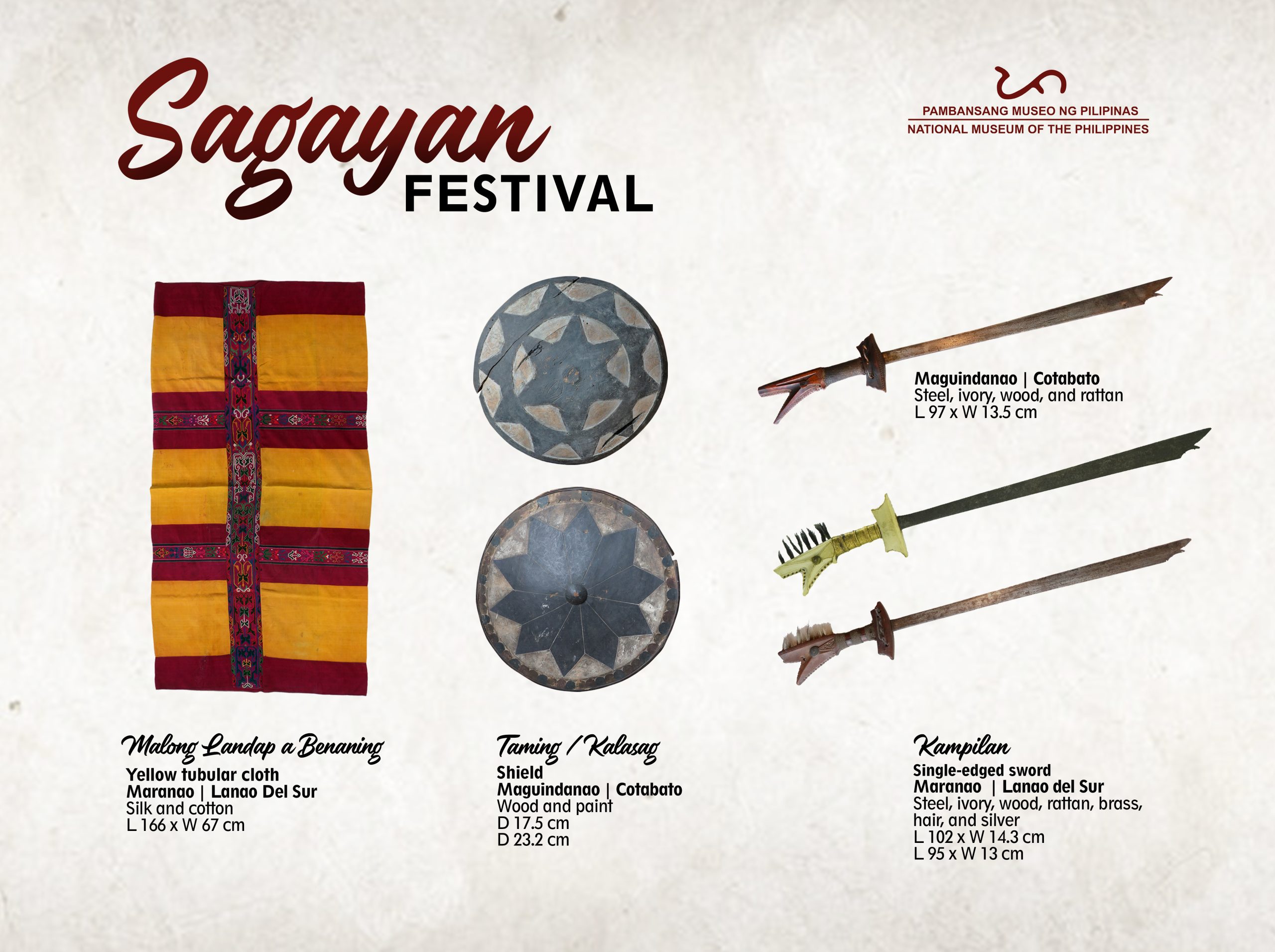Shark Awareness Day
Contrary to what the movies tell us, sharks are not terrifying giants out to get us underwater. The #SharkAwarenessDay is created to bust myths about this group of fishes and regard them in a new light.
A majority of sharks found in Philippine waters are harmless and feed on smaller organisms like fishes, crustaceans, and octopus, among many other species. According to LAMAVEph (Large Marine Vertebrates Project), the country hosts approximately 200 shark and ray species, with resident and migratory populations.
The presence of sharks and rays are good indicators of healthy marine life. As top predators, seeing them means there is plenty of food in the sea, from which they prey on the weaker and most abundant ones. Unfortunately, many of our known sharks and rays are threatened due to targeted hunting, finning, by-catch, and habitat degradation. Their numbers plummeted by 90% in the last half-century.
There are groups and government offices who appeal to establish science-based policies in the management and creation of more Marine Protected Areas, and corridors to connect these networks, for the protection of resident species and safe passage of migratory ones.
Sharks were here first. They’ve been in our oceans for millions of years and swam our oceans even before dinosaurs existed. Awareness is the first step to understanding and eventually caring and advocating for this often-misjudged marine species. Let us treat each living creature with kindness and respect, whether they look enchanting or unsightly. After all, we only have this only one planet to share.













 Prior to the first
Prior to the first 